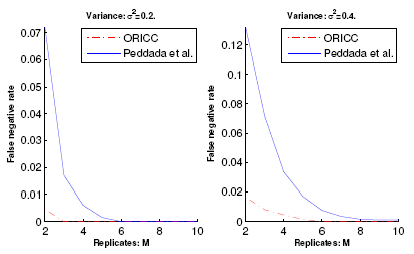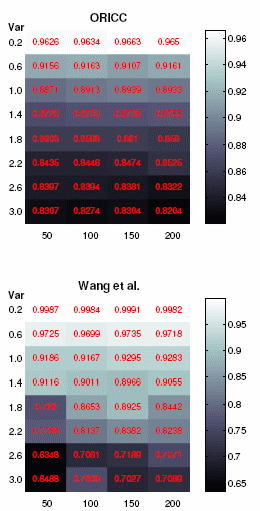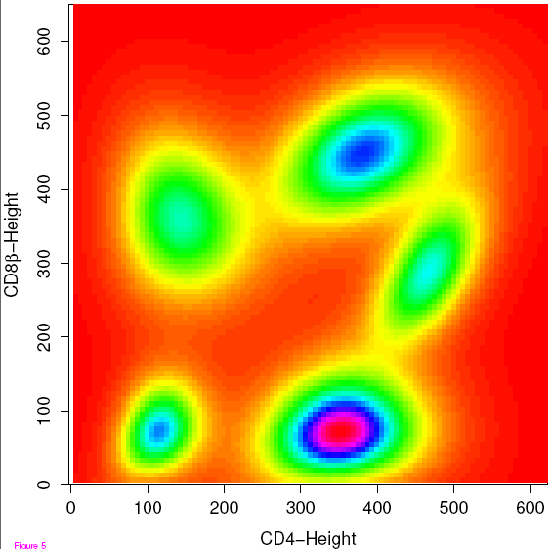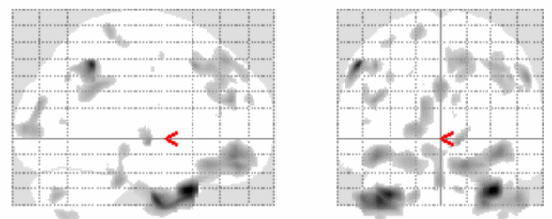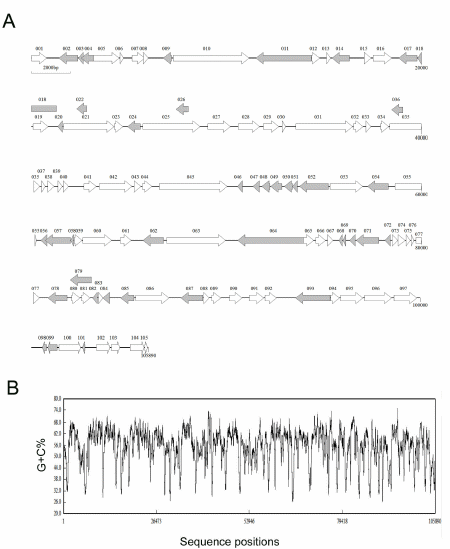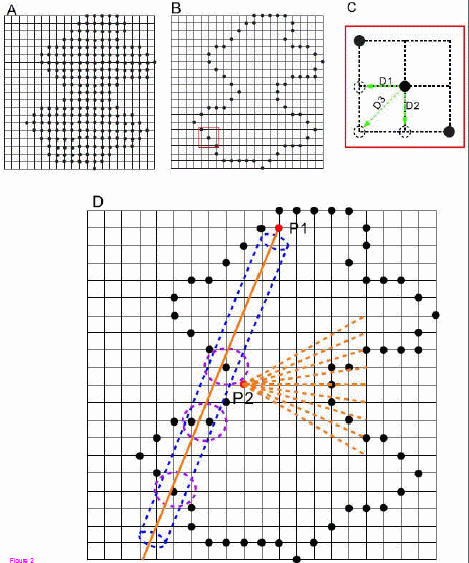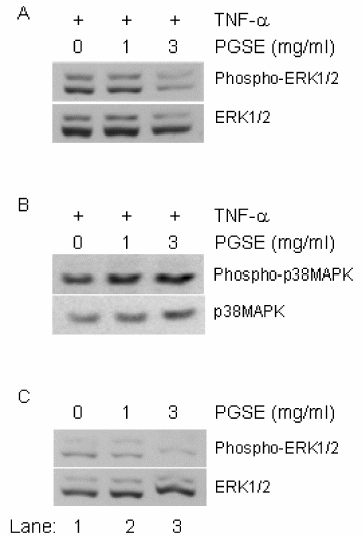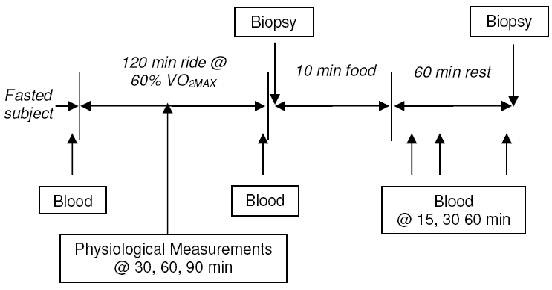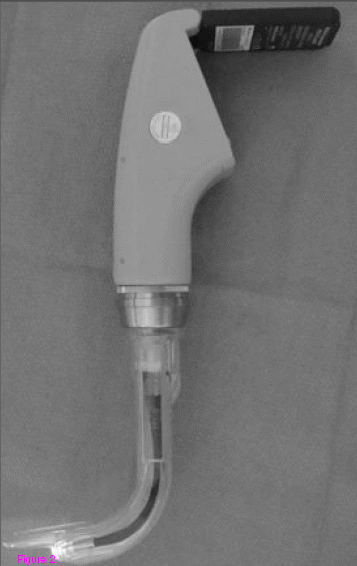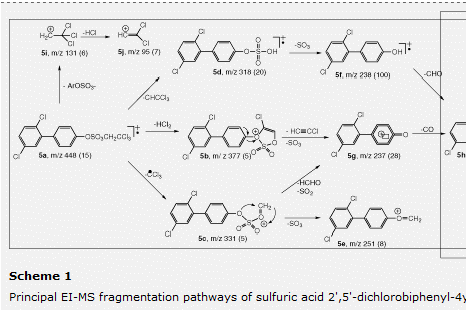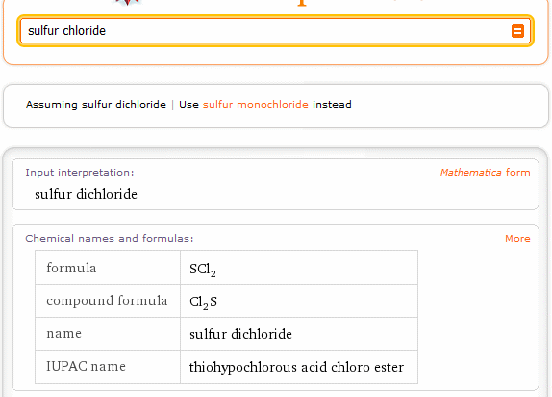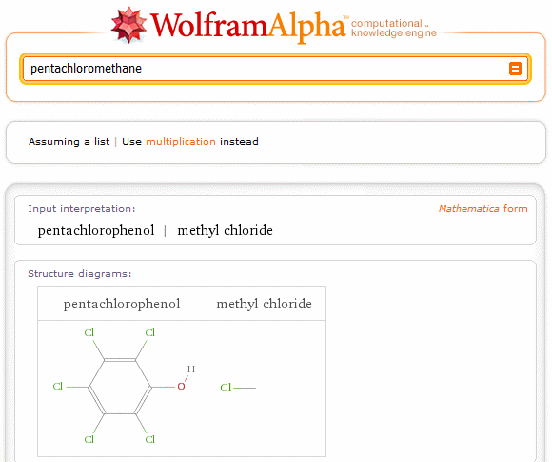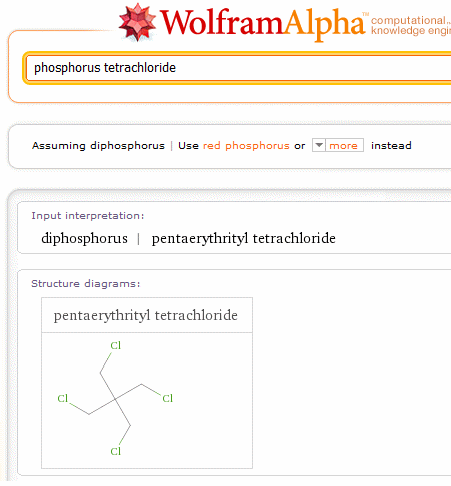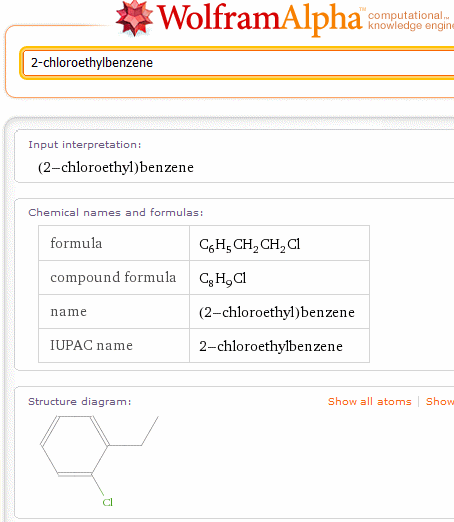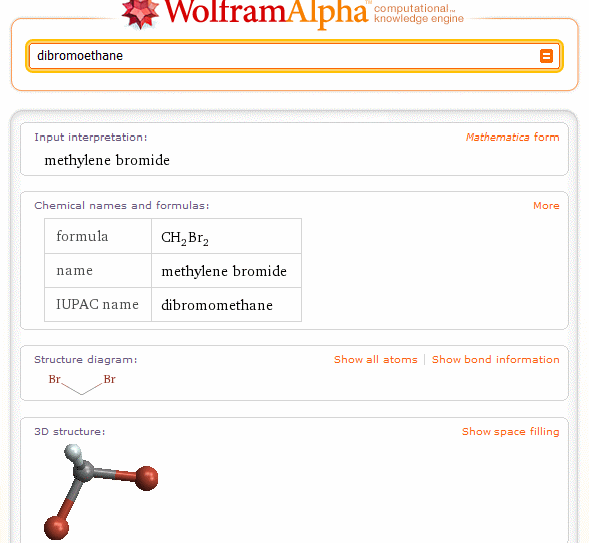Our group has a major commitment in Repositories and we’ve just had the annual beanfeast OpenRepositories 09 (OR09). Jim Downing went and I have been debriefing (gently) with him but it may need a Trip To The Panton to get a wider picture. Jim, of course, is a Repository star in his own right and at OR09 had plenty to show and tell. One of our projects is ICE-TheOREm – which uses Peter Sefton’s ICE authoring tool and where we set up a joint project with Peter.
The ICE age is coming.
Embrace it. (This blog is now written with ICE and I am much more “productive” – at least in writing more words).
So Here are some of Peter’s impressions of OR09. There was clearly a major geek-fest going on. I’m sorry I had to miss it.
… Clifford Lynch’s 2003 definition of a repository as a ’set of services’:
“In my view, a university-based institutional repository is a set of services that a university offers to the members of its community for the management and dissemination of digital materials created by the institution and its community members. …. An institutional repository is not simply a fixed set of software and hardware.”
http://www.arl.org/resources/pubs/br/br226/br226ir.shtml
I [PTS] agree. It’s not a computer program, it’s a lifestyle; what Lynch is calling organizational commitment.
…
I had a little moment in the spotlight when keynote speaker John Willbanks referenced my ‘Scholarly HTML‘ idea. This was reported in Twitter thus:
akosavic Wilbanks at #or09: rename “semantic web” as “scholarly HTML”
So there you have it, meet the saviour of the semantic web. Move over Sir Tim.
Actually I wouldn’t go that far – what I am trying to get at with this Scholarly HTML is that the research article – our unit of academic currency should be a web page, not a bit of pretend paper, a PDF. Journals need to be reinvented. Articles should be web pages (yes we need ways to time-stamp and version them). Peer review and editing are both important, but I can think of better ways to get those done than we typically use now. Then there’s the idea of embedding machine readable semantics in the form of statements of fact, links to data etc, not to mention machine readable metadata. More on this soon here on the blog – I think I’ll write a series of papers on this, with appropriate collaborators, in the open then we’ll see if we can get them to count as scholarly literature via peer review. A couple of people told me they’re watching the Scholarly HTML posts so I think I’m onto something with this one.
PMR: I like the phrase “scholarly HTML”. Simple, accurate. (Of course for us geeks it’s XHTML, with embedded excitement such as chemistry, but I expect most schoolkids have now heard of HTML).
…
First up Jim Downing from Cambridge and I showed off the work we did with our teams on the ICE-TheOREM project. Not only were we able to show a thesis going onto the web in HTML as well as the dreaded PDF, it had granular chapter-level embargo, and we were fully buzzword compliant, with ORE and SWORD built in. And for the first time we made our work available as a ready-to run virtual machine, a few copies of which I handed out. We’ll definitely do more of that, and keep updating our machine with all the software we work with – at the moment it runs ICE, ePrints and The Fascinator, but I’d love to see DSpace and OJS and Moodle on there as well all integrated.
…
And there was the poster, which I supplemented with a metaphor – a collection of 40mm & 50mm PVC waste pipe and various connectors. David Flanders used it to build a data grid which included a pipe going straight to repository hell a place he has apparently spent a fair bit of time drinking microbrew with too much malt. The idea was to drive the point that we want to make research data plumbing as easy as PCV pipe network engineering. Here I am spruiking the poster with a fistful of PVC.
…
I attended Microsoft’s workshop on their growing set of academic tools. I’ll reserve judgment on the new Zentity repostiory, but I am very, very pleased to see Microsoft Research working on academic workflows. As part of that, the idea of building HTML conversion into repository deposit tools is getting a serious airing in the repository community and I’m very pleased about that. More after my visit to MS Research tomorrow. (I have already spent a little time in Seattle with Pablo Fernicola, wandering in the sculpture garden and talking in general about academic computing).
PMR: I’m pleased that PTS is pleased. I am impressed by MS’s commitment to covering the field and their conversion (in MS Research) to Open Source. The major problem is that Microsoft technology can be a barrier. There is an assumption that everyone has implemented the Microsoft technology stack (IIS, SQLServer, SharePoint, Active Directory, Team Foundation Server, .NET, etc.) Not all these are required for Zentity, but some are. And that’s a major barrier to uptake. My contacts in MSR are aware of this…
The final thing to mention is the Developer Challenge, run by the unstoppable David Flanders (I was going to say indefatigable but I can’t spell that) with Rachael Rodenmayer assisting. This was judged by a team of five based on five minute screencasts. There were some good ideas in there, in a field that spanned entire repository developments that were already done to small prototypes. Read about the winners at the JISC site.
….
Good conference. Good venue apart from a lack of power points (no lack of PowerPoints unfortunately) in the main venue. I was pleased to be showing off HTML in ePrints at last, and have ICE in production as an eResearch workflow tool. I think the repository world is making a welcome move to (re)embracing the idea of small pieces loosely joined.
PMR: Peter thinks deeply about repositories and disseminates his thoughts on top of working software. Pay great attention.

